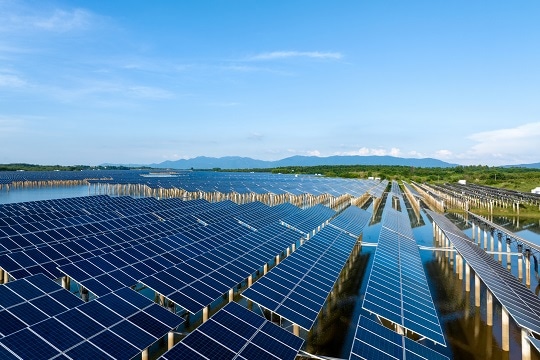Second, solar energy’s marginal fuel costs are zero, meaning that it costs nothing to produce every additional unit of electricity beyond the original cost of installing the panels and the ongoing cost of maintaining them.
Third, solar panels are modular: They come in small sizes available at constant fixed prices, making it easier to create a decentralized grid. In contrast, thermal or nuclear power stations are usually large with high fixed costs.
Bottlenecks in solar panel supply are unlikely, in part because there is plenty of excess capacity in the sector, with China’s production potential alone covering 200% of global demand in 2024. “Any slowing in solar growth is likely to come from reduced policy support and from power supply volatility rather than from solar panel supply bottlenecks,” says Struyven.
This material is provided in conjunction with the associated video/audio content for convenience. The content of this material may differ from the associated video/audio and Goldman Sachs is not responsible for any errors in the material. The views expressed in this material are not necessarily those of Goldman Sachs or its affiliates. This material should not be copied, distributed, published, or reproduced, in whole or in part, or disclosed by any recipient to any other person. The information contained in this material does not constitute a recommendation from any Goldman Sachs entity to the recipient, and Goldman Sachs is not providing any financial, economic, legal, investment, accounting, or tax advice through this program or to its recipient. Neither Goldman Sachs nor any of its affiliates makes any representation or warranty, express or implied, as to the accuracy or completeness of the statements or any information contained in this material and any liability therefore (including in respect of direct, indirect, or consequential loss or damage) is expressly disclaimed.
© 2025 Goldman Sachs. All rights reserved.
